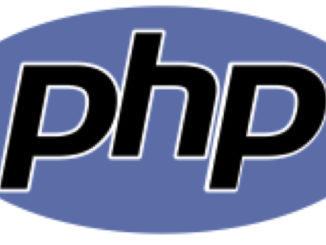
PHP – What is…
PHP is a Hypertext Preprocessor. This essentially means that PHP dynamically writes web pages for you. So it can query a database and print a report from it, or change CSS and such based on […]

PHP is a Hypertext Preprocessor. This essentially means that PHP dynamically writes web pages for you. So it can query a database and print a report from it, or change CSS and such based on […]
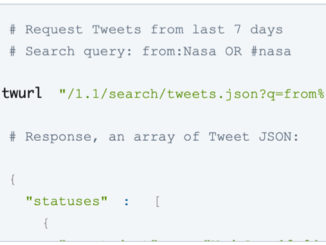
API’s allow external application to connect to and use cloud based services such as Facebook and Dropbox. Platforms create API’s for specific programming languages and use specific procedures to allow access to data and services.
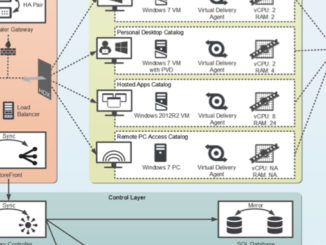
VPS , Virtual Private Servers, are simply virtual servers that are hosted by vendors such as Linode and Digital Ocean.
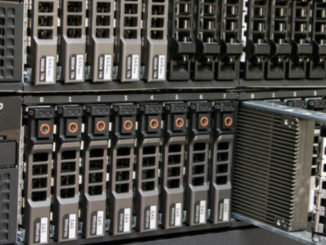
Colocation Facilities/ Datacenters are places that allow you to rent space for your server infrastructure. You can rent by the Rack or the U. They have redundant power, internet connection and industrial HVAC systems so […]
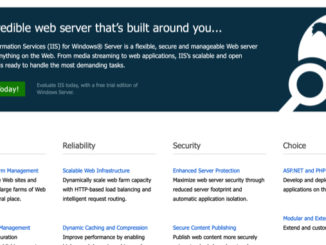
IIS is Microsofts implementation of a web server for Windows. It’s free to use with Windows Server and can even be deployed on a Windows 10 machine. IIS is an easy to use GUI and […]

XAMPP is a package that installs Apache, MariaDB, PHP and Perl onto Windows, Linux or Mac. It is a very simple way to get a web development environment up and running with little knowledge.
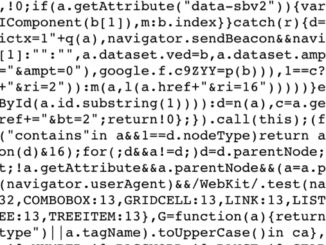
Code needs to be written so that it can be read and understood by other people, not just be functional.
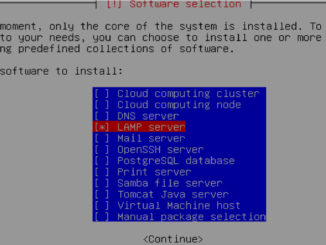
LAMP Servers are the standard build for web servers. LAMP stands for Linux, Apache, MySQL, PHP. This gives you the operating system, http server, database server and PHP scripting language.
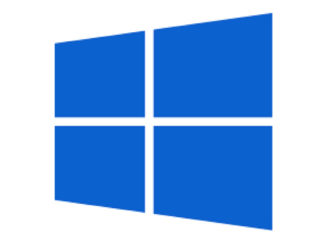
A WAMP Server is a Windows, Apache, MySQL, PHP server. You may run a WAMP server instead of a LAMP server if you need to use the Microsoft Stack, or you just have a Windows […]
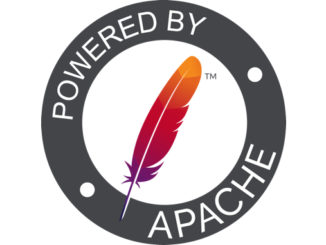
Apache is the go to web server for deploying websites. You can run it on Linux, Windows, Mac, Unix and more. It’s free, and reliable.
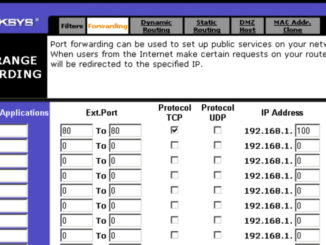
Network protocols use specific ports. When traffic comes from the internet to your network you need to configure where that traffic goes. Port Forwarding allows you to point specific port to specific IP Addresses one […]
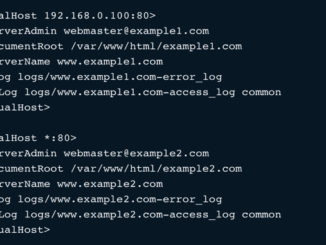
Virtual Hosts are used in Apache to allow a single web server to serve numerous websites. Basically www.FailedNormal.com point to /var/www/FailedNormal, and www.EliTheComputerGuy.com points to /var/www/EliTheComputerGuy.
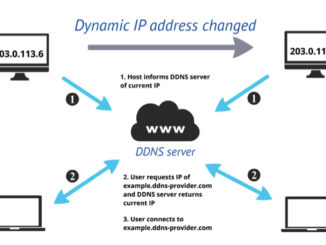
Dynamic DNS allows you to dynamically update your DNS records if you have a Dynamic IP address from your ISP. You install an app on a computer on your network, and it checks your WAN […]

Virtual Reality is great until you trip over the coffee table and have to go to the emergency room. Merged Reality takes your surrounding environment into account for VR experiences. Your coffee table becomes a […]
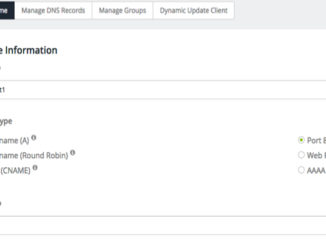
Port 80 Redirect allows you to redirect web traffic to your local server to a port other than port 80. You do this because many ISP’s block port 80 and so you need to use […]
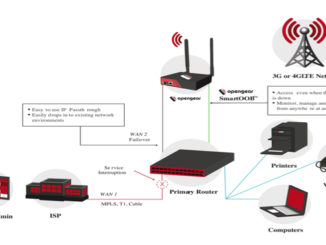
Out of Band Management is the ability to access your network equipment remotely using a network connection other than the main one used by your organization. You can use Out of Band Management equipment to […]

Nameservers are the database servers that store and provide your DNS information for Internet clients. You Domain Registrar sends your DNS configurations to the nameservers. Generally you use the nameservers provided by your ISP, but […]
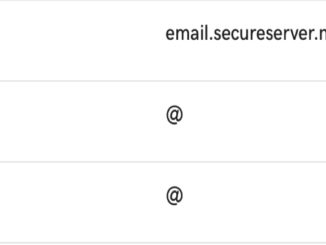
Subdomains are prefixes to domain names that allow administrators to provide different web services to users, but do so using the same namespace so that it is easier to remember. Such as MAIL.failednormal.com, WWW.failednormal.com, VPN.failednormal.com… […]
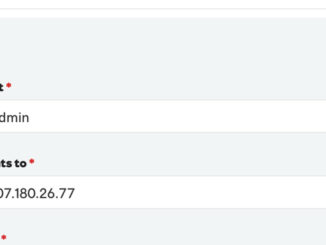
< A Records in DNS point Subdomains to IP Addresses. So MAIL.domain.com points to 10.1.10.100, and VPN.domain.com points to 10.1.10.101. Generally an A Record is created for @ that points to your web server. Then […]
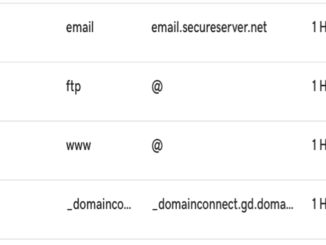
CNames map subdomains to domain names. You can point MAIL.domain.com to the Gmail portal for your company, or SALES.domain.com to SalesForce.com. This allows you to use an easy to remember naming strategy for users to […]
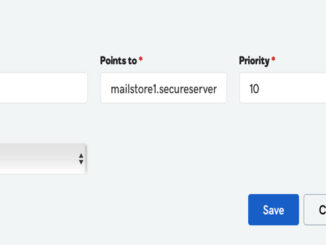
MX Records (Mail Exchange) are DNS records that are used to route email to email servers. You can have numerous MX Records posting to different email servers to prevent loss of email due to downtime. […]

Domain Forwarding allows you to redirect web traffic from your domain name to another URL.

Deplatforming is when people are removed from the platforms that they use for communication. The relevance is expanding as not just Social Networking sites, but also PayPay and GoDaddy have started to proactively remove accounts.
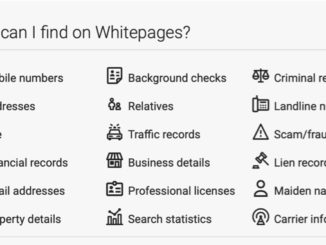
Doxxing is when personal information is released about people online. More than the act of doxxing itself, the more damaging component is the call to actions that accompany doxxing.
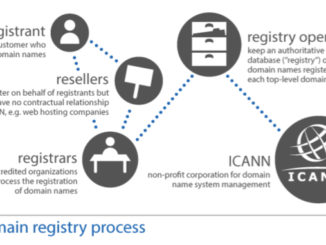
A DNS Registrar is authorized by ICANN to sell domain names. They essentially do the admin work required for the Domain Name System. Registrars have become important because they are private companies and they have […]